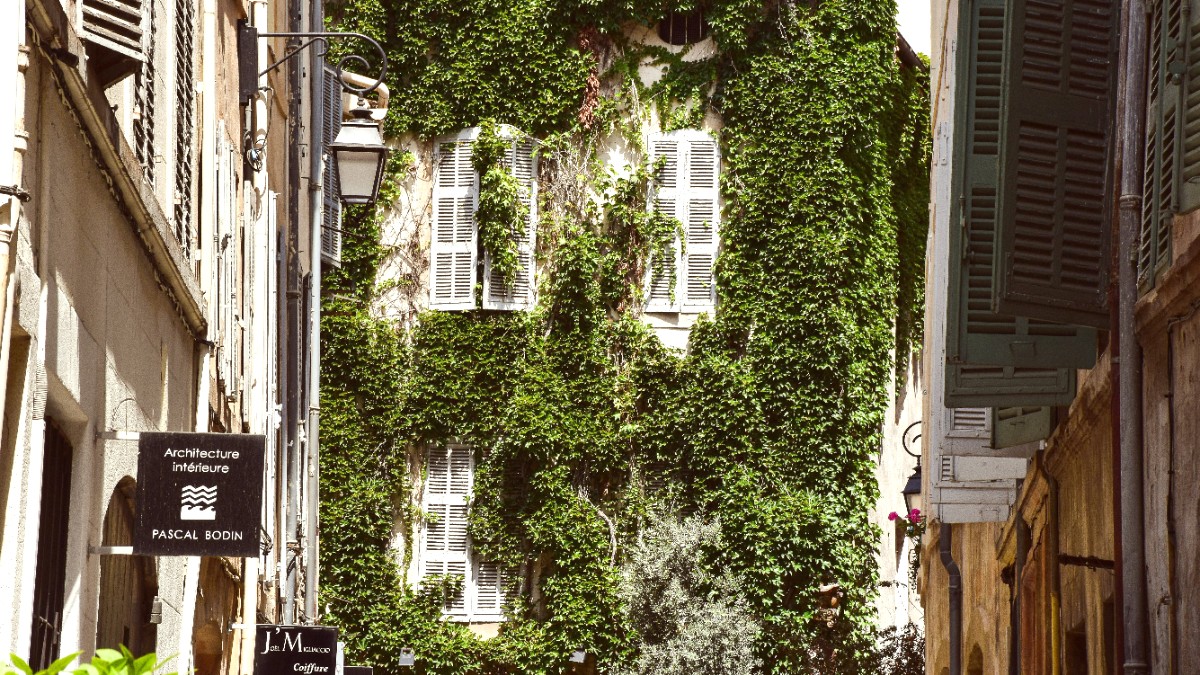
Provence, France
The city's public transport system, Aix en Bus, forms part of the Métropole Mobilité network. It comprises a comprehensive bus network that covers the city center and extends to surrounding suburbs. No metro or tram system exists within Aix itself, making buses the main local transit option.
The Gare Routière (Bus Station) serves as the main hub for local, regional, and intercity buses. It sits conveniently near the city center, serving as a central point for arrivals, departures, and connections. Small, electric shuttle buses, known as Diabline (lines A, B, C), circulate frequently through the pedestrianized Old Town. These shuttles link points within the historic center, making movement easy without a car. An extensive network of bus lines covers the entire city and its surrounding areas.
Detailed maps and timetables are on the Métropole Mobilité website or mobile app. Bus stops are clearly marked.
Download the Métropole Mobilité app or use Google Maps for real-time bus tracking and route planning. Validate your ticket upon boarding.
Signal the driver clearly when waiting at a bus stop, especially if the bus is approaching from a distance.
No specific "no-go" areas for pedestrians or cyclists in terms of safety. Caution with narrow, busy streets.
Some private companies offer guided tour buses or hop-on-hop-off services covering main attractions.
Not directly applicable in Aix (inland). Boat tours are available in coastal towns like Cassis.
The Diabline electric shuttle in the Old Town provides a charming way to move through pedestrian zones.
Taxis and ride-sharing services supplement public transport, providing flexible travel, especially for airport transfers or evening outings.
Parking in Aix's city center can be challenging and expensive. The Old Town is largely pedestrianized or has restricted vehicle access.
Numerous underground parking garages (e.g., Parking Carnot, Rotonde, Cardeurs) are available around the periphery of the city center.
Plan for parking costs if you opt to rent a car, as they can significantly impact your daily budget.
Aix-en-Provence is a city best explored on foot or by bicycle, especially within its charming core. Its pedestrian-friendly design highlights this. The city offers diverse walking experiences, from bustling streets to serene parks.
Aix has some designated bike lanes, especially on main roads. This aids in city cycling.
Improves safety for cyclists.
The surrounding countryside presents many scenic and less-trafficked routes, ideal for cycling through vineyards and olive groves.
Offers picturesque and peaceful rides.
Cycling within the busy city center can still be challenging due to traffic and pedestrian zones. Always use caution and follow traffic laws.
Prioritize safety in congested areas.
Aix-en-Provence intends to accommodate travelers with mobility needs, with ongoing efforts to improve accessibility across its services and attractions.
Emergency services (112) are available. Pharmacies offer advice for minor ailments.
While French is official, many in tourism speak English. Translation apps are helpful.
The Tourist Office provides maps and suggested itineraries for easy self-guided exploration.
Aix-en-Provence, with its accessible size and various transport options, invites seamless exploration.
Planning travel within the city complements the broader journey to and from this charming destination.